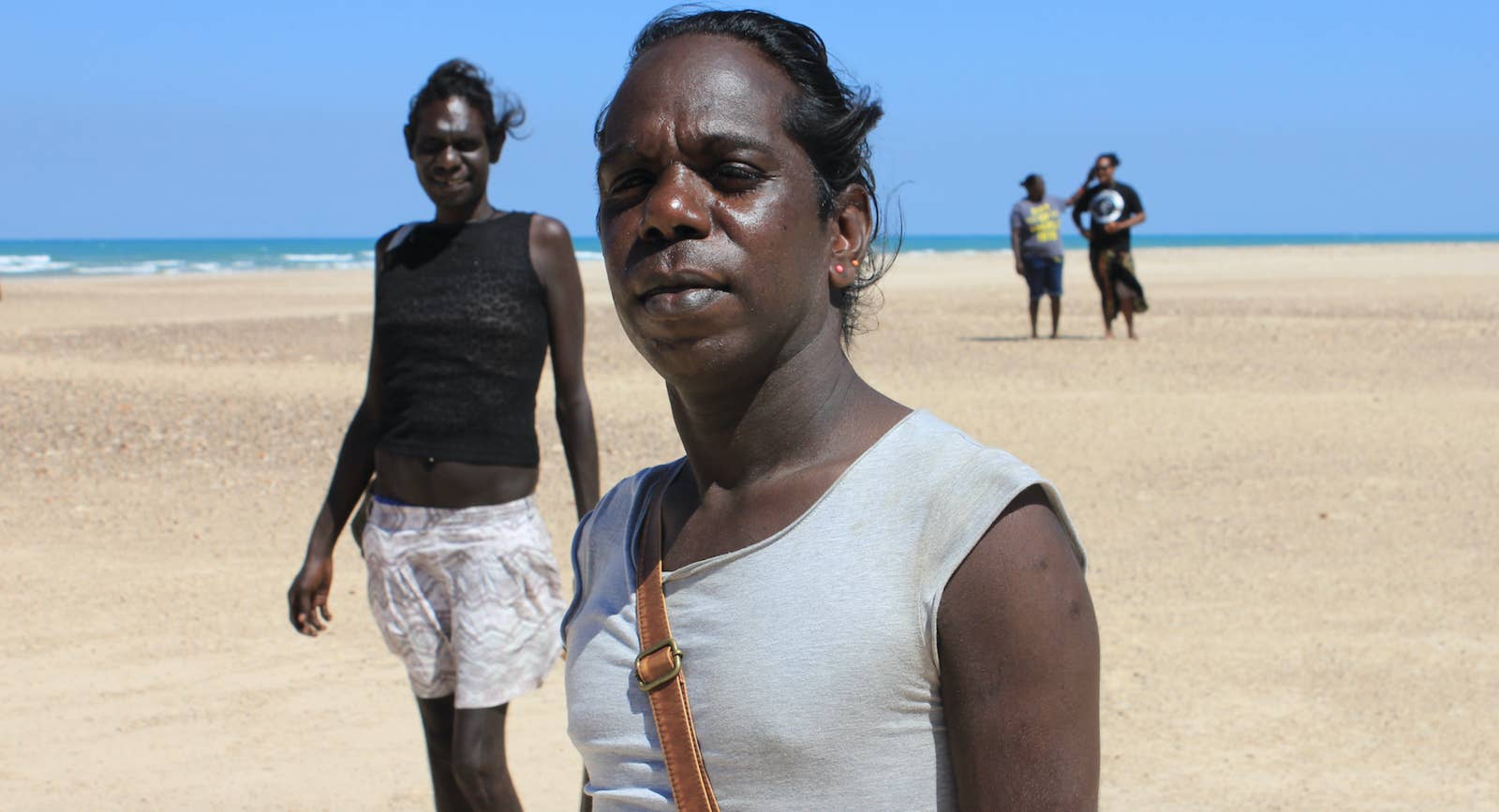
It's approaching midday and we're trundling along a bumpy, unsealed red dirt track on Bathurst Island, 100 kilometres north of Darwin, with the temperature quickly soaring into the mid-30s.
Inside a twin cab that's seen better days, with air-conditioning ducts that pump more fine red dust into the car than cold air, there is a cacophony of laughing, teasing, and trading of community gossip. Five sistergirls, transgender Aboriginal people traditionally known in the Tiwi Islands as yimpininni, are giving BuzzFeed News a tour of their island home.
While transgender people are found across many of Australia's Indigenous communities, the Tiwi Islands has probably the largest sistergirl population in the country – and certainly the most famous one.
There are roughly 2,500 people living in the Tiwi Islands, comprised of Bathurst Island and Melville Island, and the sistergirls say there are currently around 80 yimpininni.
Pandanus trees whisk by with their long, crooked leaves reaching toward earth at sharp right angles. The red earth gives way to soft powdery sand, and the smell of the ocean engulfs the car followed shortly by the stickiness of salt water blowing in from the Arafura Sea. Sweet relief from the staggering heat.
We stop at the foot of a dune and suddenly the frenzied laughter comes to an abrupt end as all the sistergirls begin loudly yelling out in the Tiwi language. They say they're letting the spirits of their ancestors know that we are coming on to country to ensure that no harm comes to the group or to me, a stranger. It's a moment that perfectly highlights the profound connection to country and culture that the people of Tiwi have.
After the whooping, we walk onwards and are confronted with a stunning, vast swath of empty beach with shimmering turquoise water lapping at our feet. The sistergirls agree it's the perfect backdrop for a photo shoot and happily strut their stuff for the camera, posing and pouting, legs akimbo, fierce face on. Their only concern is the saltwater crocodiles that lurk in the waters around the island.
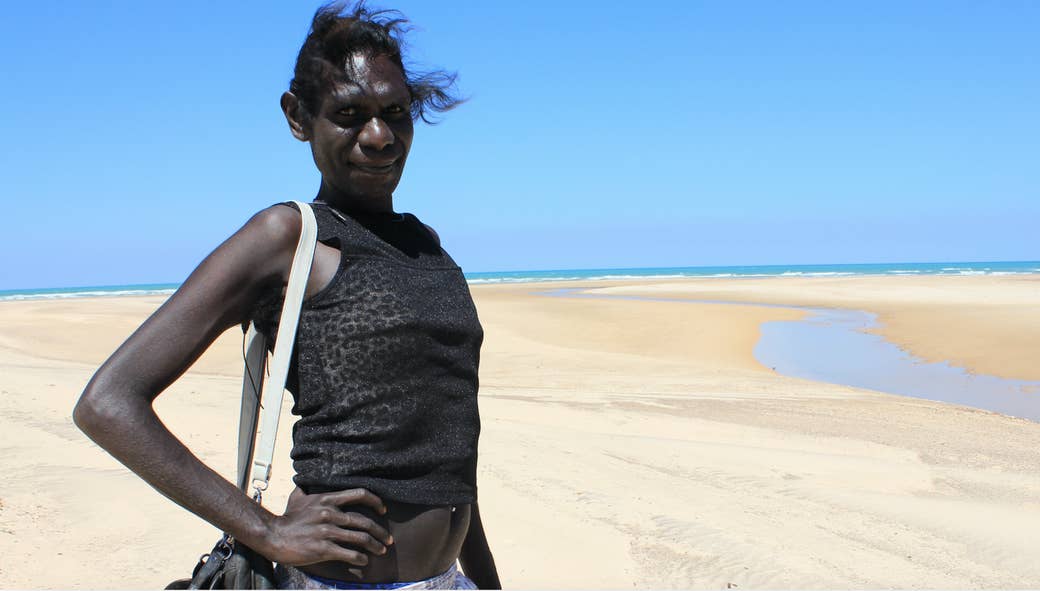
Between poses Laura Orsto, 31, says she told her parents that she was a sistergirl in primary school. "Age 10 I knew I was a sistergirl. It was really, really, very hard for me to come out because my parents are really strict and didn’t want me to be out there as a sistergirl. They wanted me to be saved," she says.
"I told my parents, 'For you to accept me I have to go away', and I lived in Darwin with my aunty who accepted me. She told me, 'Be safe here with me, I don’t want you to be out yet. I accept you to be who you are, but I don't want people to hurt you.' I said, 'I understand, Aunty, but I want to be out there. I don’t want to be behind closed doors any more."
As a 16-year-old, Orsto began living her life as a female and had to "fight and fight and battle hard to be accepted". In remote Indigenous communities being transgender often means defying rigidly observed cultural practices defined by male and female gender roles. In many cases it also means having to defy strictly held religious beliefs common in many Indigenous communities.
It was an older yimpininni who gave Orsto courage and strength as she came to terms with living life as a woman. "There were plenty of sistergirls back then; I used to go out with them and talk about things, like how to act like girls you know and be ladylike. One lady, I use to call her Mum, she was like a mother to me, and she told me, 'You just have to be who you want to be, baby, just like me. I’m always here for you, you got me here.'"
This woman, who gave so much strength to the sistergirl community, would tragically go on to kill herself.
"We used to talk on the beach all the time about life, and she used to say this to me, 'No matter what people say to you or what they call you, never ever go and commit suicide. It’s just not right.' It turned out that she would do that to herself. And what’s really sad, when I lost her I said to myself, 'Why did she have to do that?' Because I remember she told me not to do that silly thing."
Orsto says the death took a deep emotional toll and she contemplated suicide herself, but ultimately triumphed over her personal demons. Today Orsto is a much-loved and respected member of the community. "I love to talk to everyone, and everyone has been nice to me and they don’t put me down, they put me up the top. Everyone says, 'Wow, you have a nice personality, Miss Laura,'" Orsto said.
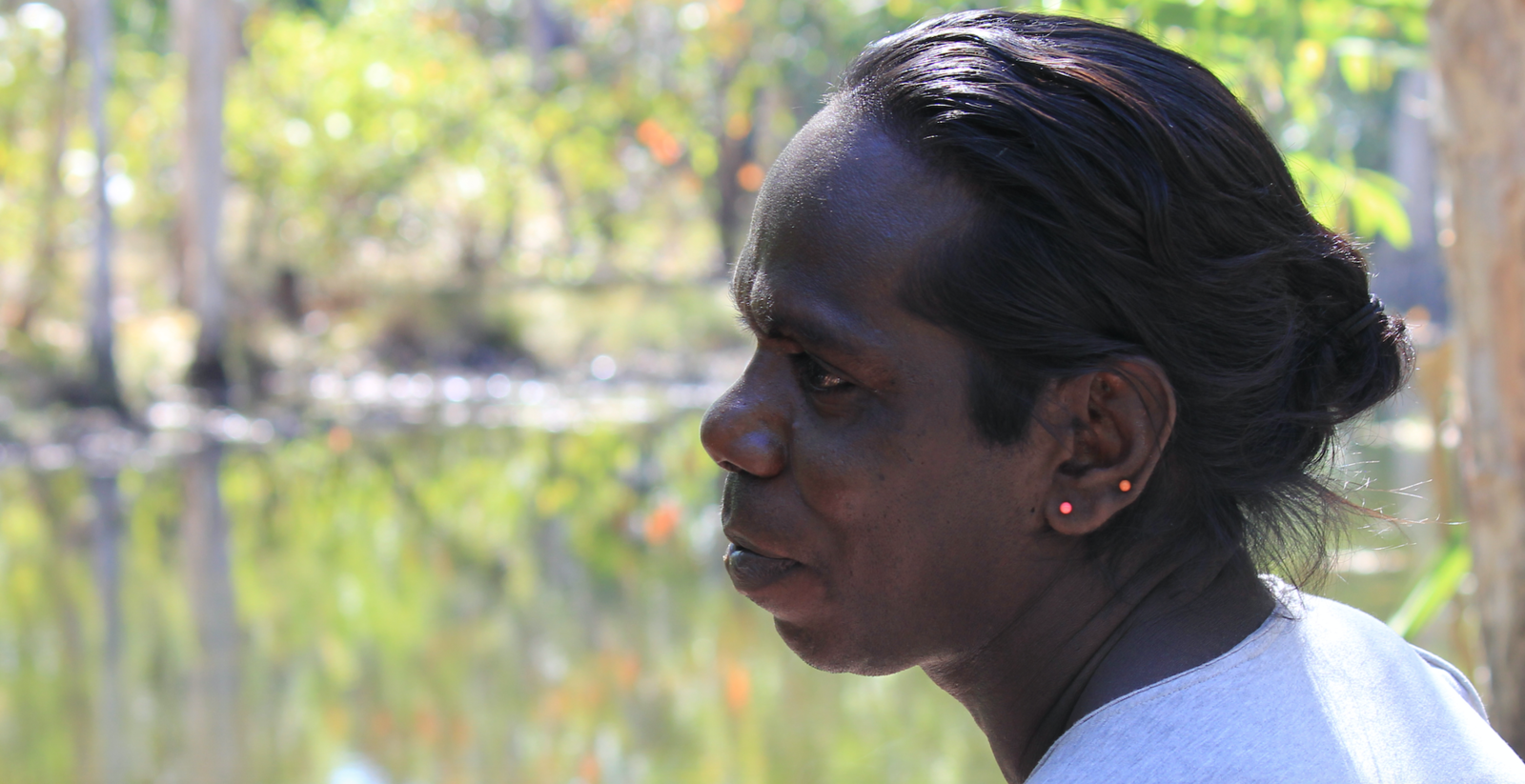
We make our way back to the car and head into town. As we travel the small roads that snake through the dense scrub that blankets the island, the sistergirls occasionally point out various ceremonial sites and traditional campgrounds.
Suddenly we're out of the bush and on to the bitumen as we enter Wurrumiyanga, the main township on Bathurst Island. The wide streets intersect large blocks full of colourfully painted brick homes. Windows rolled down, the sistergirls intermittently yell out at people walking alongside the roads, making plans for later and asking where people are. The twin cab then swings into the local cemetery, an arid, dusty graveyard dotted with sparse trees. Rising from the mounds of earth are decorative Pukumani poles, traditional funerary poles that are sculpted and painted to honour the dead. Also known as tutini, the poles form part of an ancient Tiwi ceremony to ensure the spirit leaves the body.
Nyarli Kerinaiua, 34, points out two graves adorned with beautiful tutinis reaching for the sky, covered in intricate ornate Tiwi design. After a heavy silence there's a slow stream of softly spoken Tiwi from each sistergirl, their sentences flowing into each other as they pay respects to the dead and tell the sistergirls who are buried here that they are not forgotten.
Both had killed themselves 15 years ago. "It was really sad because we didn’t have any support back then. It was a bit of an aggressive ride," says Kerinaiua as she straightens a bunch of plastic flowers on one of the graves.
After the suicides, Kerinaiua and around 30 sistergirls attended a community meeting and demanded acceptance for transgender people.
"We had a community meeting and one of the families wanted to know how the suicides happened, and basically they were all too blind to see that it was name-calling, that it was discriminating against her sexuality. As the years go by we have slowly worked our way up, building our confidence and just basically being out and living life as the Tiwi sistergirls."
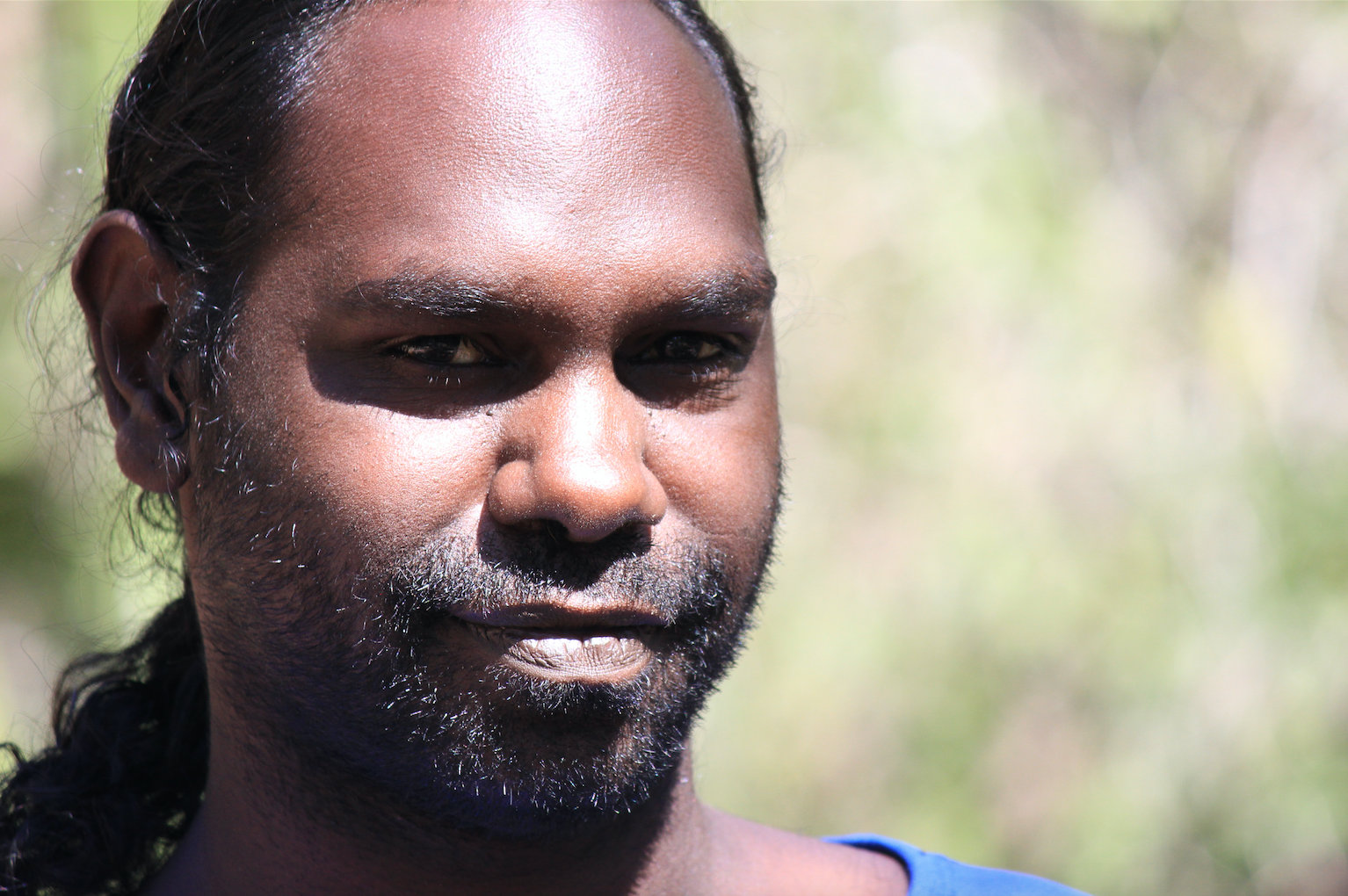
Sistergirl Vivian Warlapinni, 31, remembers the meeting as a pivotal turning point for equality within the community.
"The local store, the council, the police station were shut. Everyone attended, including our families and classmates. I was quite young and about 20-30 of us sistergirls raised our voices there. We said we’ve had enough of what had happened to these girls who committed suicide."
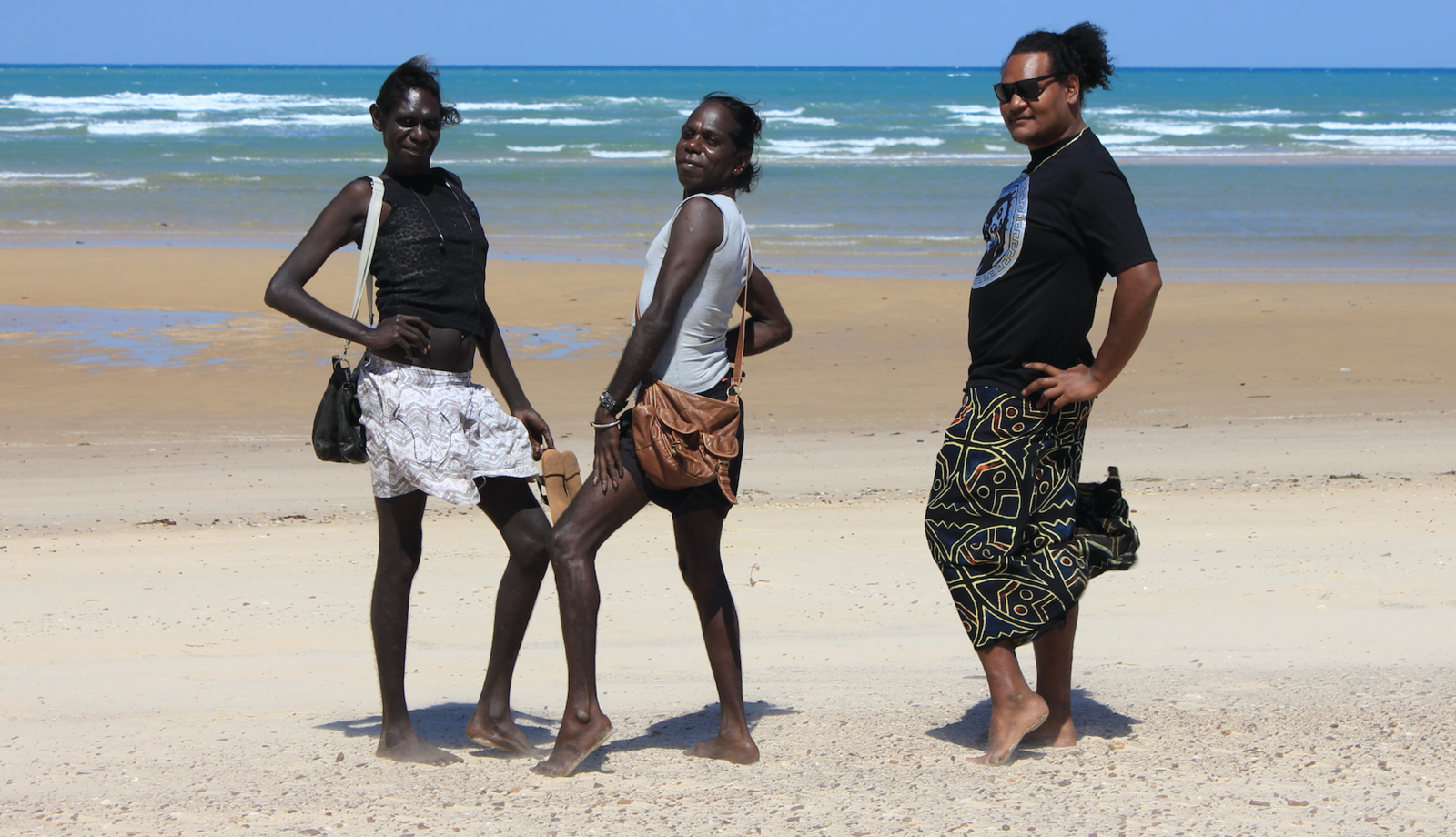
Kerinaiua says that the fight for acceptance has largely been won and the biggest issue now is ensuring future generations of sistergirls are able to easily access resources.
"What we really need now is some specialised services to deal with sistergirl issues. We [older sistergirls] just want up-and-coming sistergirls to go straight forward with no problems, no struggles. We don't want them picking up the pieces."
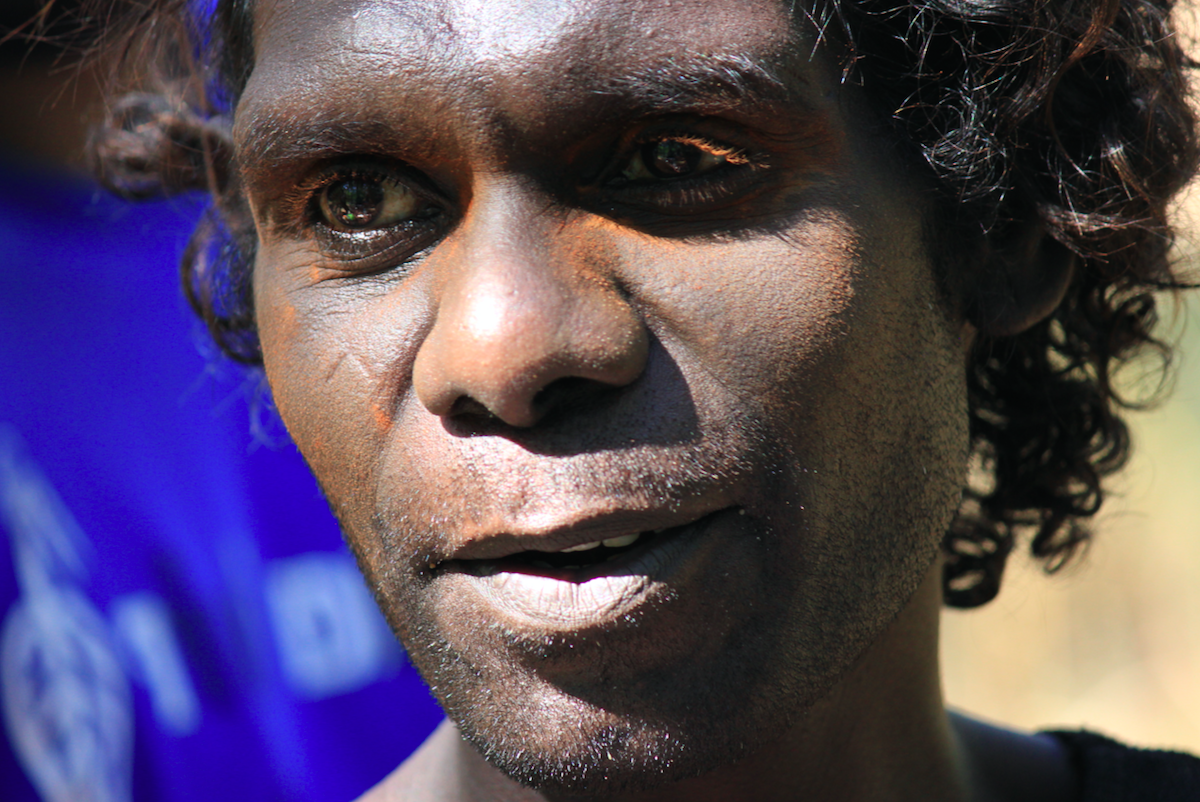
The sistergirls pile back into the twin cab and soon we're at a local water hole. The day is coming to an end and a water monitor swims across the crystal-clear water triumphantly holding a fat prawn in its mouth. One of the sistergirls takes out a chunk of ochre collected near the beach and begins to carefully break it, pounding it into fine powder on a piece of cardboard on a picnic bench. Carefully she adds water and the dusty powder becomes a rich, thick paste. A small twig is broken off a nearby tree and dipped into the paste, and Orsto begins to use it as eyeliner, methodically working the twig across her eyelids, carefully revealing a bright orange tint.
Fluttering her eyes she says, "I want to start hormone therapy. I really want to have this transition. I just hate that I am this girl trapped in a boy's body. She’s been trapped in there for a long long time and she really wants to come out and be a real lady."
However, the choice to leave her community, after fighting for and winning acceptance, is a difficult decision to make. Faced with the prospect of traveling thousands of kilometres for treatment in the city, where Orsto feels discrimination is a very real reality, she says she'll remain in her Tiwi home for the moment, surrounded by family and friends: "I am a lady of the community and I am accepted as that. This is my home and I love it."
